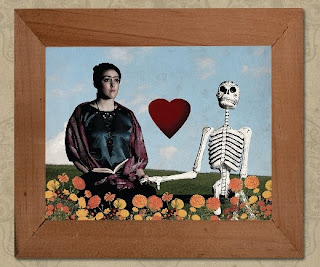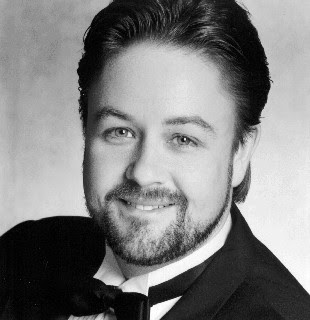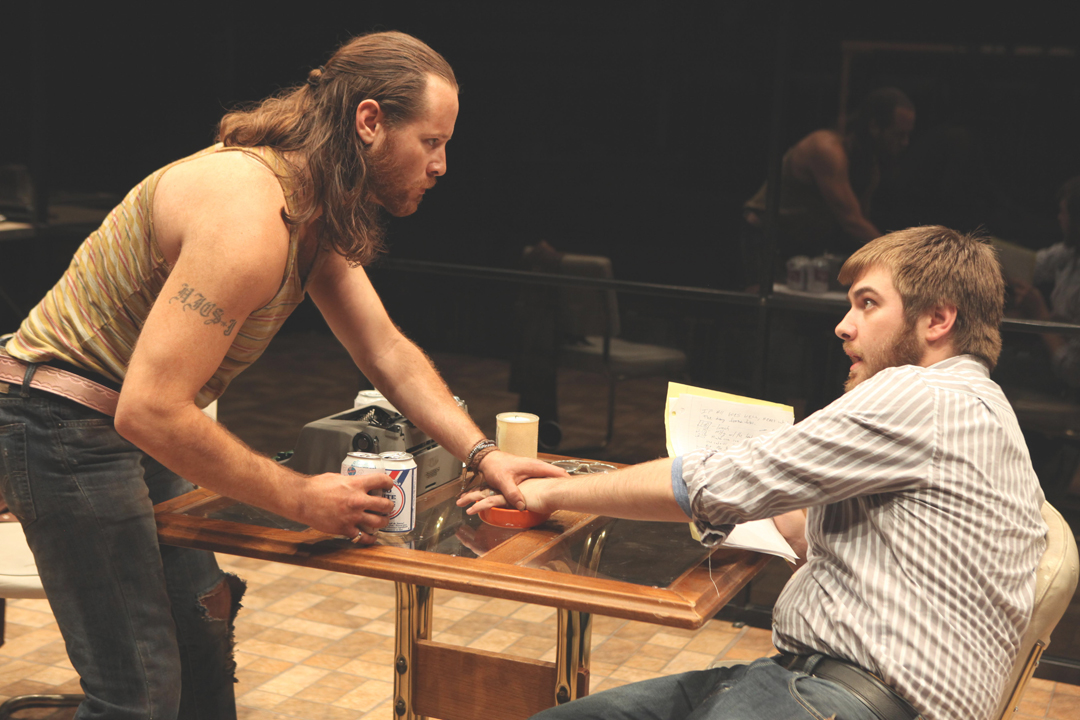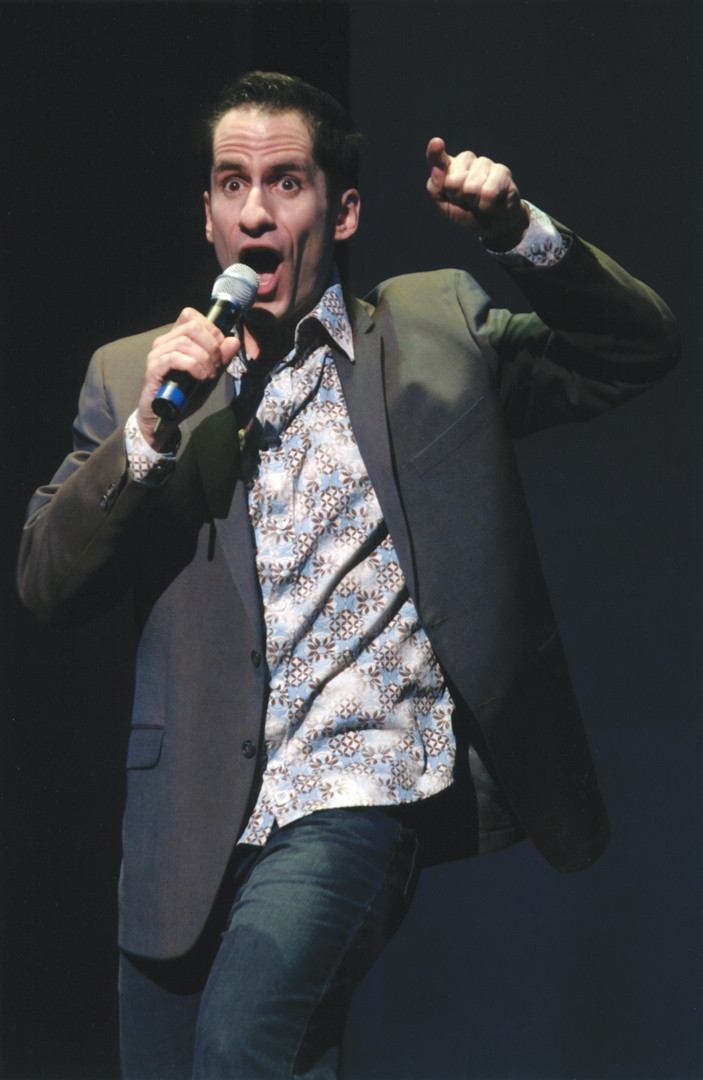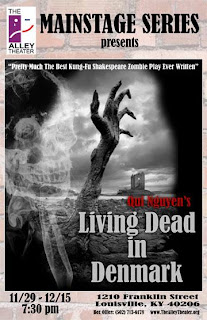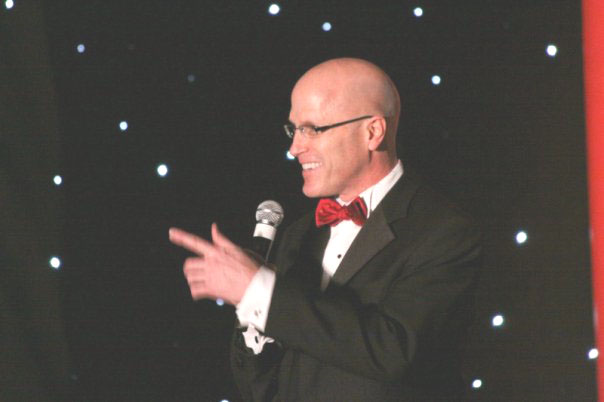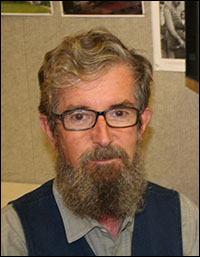Interview by Scott Dowd
Entire contents copyright ©2012 Fearless Designs, Inc. All rights reserved.
Describing Seth’s Big Fat Broadway Showis like trying to nail gelatin to a tree! His latest venture, Sethtv.com, is a video diary that allows Rudetsky to explore his many interests and share both the process and the result with his audiences. The network features short films from a variety of characters, including a brilliant feature written by Varla Jean (who will be performing live at The Kentucky Center’s Bomhard Theater on February 2, 2013, as part of the next LEO A Little Off Center presentation). I first heard Seth Rudetsky on Sirius/XM satellite radio, where he is an afternoon host for On Broadway (channel 72). I was impressed with the depth of his immersion in the genre and the passion he projects. I had actually seen him before then playing himself on comedian Kathy Griffin’s reality show Life on the D-List. Rudetsky has also appeared on Law and Order and All My Children and served as the music director/coach for another reality show, Legally Blonde: The Search for Elle Wood.
SD: I read the “long bio” you posted on Sethtv.com. It looks like you have done just about everything there is to do.
SR: Yeah. I sort of describe myself as an entertainer – I’ve gone into many different fields in entertainment. I started doing musical theatre when I was little. I did chorus, band, orchestra – all that kind of stuff – and then I began being a professional when I was a teenager.
SD: You make that sound like such a natural progression: “I was a kid and then I became a professional entertainer.”
SR: It was just like that. I don’t know what I was thinking when I went to Oberlin Conservatory. I mean, I knew I was going to go into Broadway, but there was just no program when I was in college that exactly fit me. There were few musical theatre programs – certainly not music directing. I had stopped acting right around that time, and I was auditioning as a classical pianist as a way to get into college.
SD: Did you ever think you might become a concert pianist?
SR: I had no intention of ever being a classical pianist. I was just so excited to get in and I loved the school, so I went. I was happy that I could keep up. I passed all my juries, but it wasn’t like that was going to be my field. I still don’t completely understand my reasoning, but I’m glad that I went that route.
SD: Conservatories are so competitive. Your attitude must have set you apart.
SR: Well, I was always an outcast, but a well-tolerated outcast. For the concerto competition, everybody was doing Prokofiev and I did “Rhapsody in Blue.”
SD: How did that go over?
SR: WhenI made it to finals, everyone was saying, “Oh, Seth is always breaking boundaries…adding his own spin on things.” I was definitely not the serious classical musician. I was just always considered the edgy, comedic, classical pianist.
SD: You said you had stopped acting at that point, but you came back and did, among other things, Sheldon in Joe Mantello’s The Ritz at the Roundabout Theatre, and had a recurring role on All My Children as well as your own one-man show, Rhapsodyin Seth,at Actors Playhouse.
SR: I was really serious about it when I was younger and then had a horrible experience with my high school theatre teacher, who was just horrific and really pushed me away from acting. I went back to it eventually, but the good news is that I pursued music so much on Broadway that when I went back to acting, I was kind of well-known. So it was easier for me to get auditions because people knew me on the Broadway scene. I think if I had started as just an actor, it would have been harder for me to break in, whereas I had broken in as a musician so I already knew people.
SD: So the piano was the key.
SR: Yes – I started as a pianist and began adding on everything else – acting, writing, comedy. I kept expanding the circle.
SD: Certainly writing for The Rosie O’Donnell Show is full bore comedy writing.
SR: That was a good gig. I lasted two years and it led me to write for the Tony Awards, which was probably the highlight of the whole thing. I was still doing Broadway at the same time – I guess I was playing the piano for Ragtime and Phantom of the Opera in those days. But it wasn’t really what I wanted to do and, eventually, I just had to get the hell out of there.
SD: At what point did Seth’s Big Fat Broadway Show begin to come together?
SR: I had been doing a lot of stand-up comedy. I used to play funny video clips for my friends showing vocal mistakes and people cracking – that kind of stuff. So I slipped one into my stand-up acts at the big Barbra Streisand “Gypsy of the Year” benefit – which, by the way, I have now hosted for the past five years. Back then I was just one of the acts. When Rosie saw me do that, she encouraged me to make an entire show based on the idea. Then she said, “And I’ll produce it.” So I put together this entire show and, P.S., she never produced it. Anyway, whatever…the good news is I put together this entire show that is really called Deconstructing Broadway, but that sounds too educational on the marquee. So I retitle it wherever I go. I’ve been doing it now for at least five years.
SD: I noticed you had other shows along this line. Are they distinct productions?
SR: I have three shows that I rotate: My off-Broadway play Rhapsody in Seth– an actual autobiographical play about me and my childhood; Deconstructing Broadway (the show that is coming to Louisville as Seth’s Big Fat Broadway Show); and then there is a branch of that one called Seth’s Big Fat ’70s Show.
SD: How did that one come about?
SR: There’s one segment in the original where I deconstruct The Brady Bunch Variety Hour. I’ve made a whole show that also includes Donny and Marie and stuff like that.
SD: What can people expect when they come to Seth’s Big Fat Broadway Show?
SR: Think of it as “America’s Funniest Home Videos/World’s Greatest Broadway Bloopers/The Daily Show.” It’s very hard to describe, but that’s what it is. I am a comedian presenting funny video and audio clips accompanied by my own commentary. It is a hard show to explain, but it is a comedy show.
SD: Maybe audience response would be a simpler metric. How do people respond to the show?
SR: It always does phenomenally well. This show never bombs. With other shows you have to be careful who your audience is. This one I’ve taken to Amish country; to Waco, Texas; I’ve gone on the high seas. There is very little stress for me to do this show because it appeals to everyone.
SD: How much video do you have to watch to cull enough for the show?
SR: The show is three-quarters audio and one quarter video. When people say, “You’re so knowledgeable about Broadway,” I say, “That’s what I do in my life!” It’s not like I’m researching – I listen to music all the time and I watch videos all the time. I say in the show, “When you watch a video 23 times per day, you notice these things. I’ve done the work for you and brought my deconstruction.” They say, “Write what you know.” This is my life and I’ve put it in a show.
SD: You’ve also written a book about Broadway.
SR: I wrote a non-fiction book of inside scoops and gossip stories, which CDs to own – it’s called TheQ Guide to Broadway. I also wrote a fiction book, Broadway Nights, about a character who is not successful on Broadway and can’t figure out why. I actually did an audio book of that one with Kristin Chenoweth, Jonathan Groff and Andrea Martin.
SD: Your latest book actually has nothing to do with Broadway.
SR: That’s the young adult book I wrote for Random House, My Awesome/Awful Popularity Plan, which is loosely based on me. It’s about a fat, Jewish 15-year-old with a “Jew-fro” who is not popular in high school. There is a sequel to that one coming out next year.
SD: The way you talk about your transitions is so fluid and effortless. You seem to choose a new goal and just head in that direction.
SR: That is the way I work. I’m not interested in asking permission. You’re right. I was in a bookstore and I saw The Nanny Diaries and I thought, “I’ll just write a book.” I remember going home that night and writing it. I showed it to my boyfriend and asked, “Is this fun?” and that was about it. I mean it wasn’t easy to get published, but I just wrote it. Why not?
SD: You also write for Playbill and Playbill.com. How did that come about?
SR: That started when the Grease reality show was on TV. I did Grease on Broadway and they were doing a reality show to pick the new Danny and Sandy. I had two books out at that point, and Playbill asked if I would do a weekly recap of the show for the online magazine. I guess it was pretty popular, because when that show went off the air, they asked if I wanted to write a weekly column about my life on Broadway. About a year later they asked if I could write a monthly column for the playbills in the theatres. It’s a fun little side gig.
SD: I’ve got to tell you how much I love Sethtv.com. “Varla Jean and the Mushroom Heads” is one of the funniest things I’ve seen in a long time.
SR: He wrote the whole thing in about a week. He’s a crazy genius and I’m so happy with the way it came out.
SD: How long has Sethtv.com been up?
SR: We started it in June. After two weeks we were on the Entertainment Weekly“Must List.” We have just finished the first “season” of my reality show, and the big thing we’re adding now is the Patti LuPone concert we filmed in Provincetown. We’ve combined all four of them into one mega concert that we are editing now. It’s really an exciting time as the network is just beginning. It feels very cutting edge because people are just learning how to plug their computers into their TVs. It’s a whole new field, and I feel like we are on the edge of what Broadway entertainment is going to be in the future.
SD: Let’s talk about that. You are so intimately involved with Broadway. What changes do you see coming?
SR: The big change has been – and it’s truly up to people to stop it – the destruction of the orchestra. It’s mindboggling to me that critics haven’t been more vocal about it and that audiences are so stupid. People are paying $350 for VIP seats and yet Mama Mia! has nine people in the band. It’s in the same theatre where Funny Girl and West Side Story were with thirty-piece orchestras. You are paying more money than you ever have before for nine people. This is supposed to be the top entertainment in the world, but the band on Broadway is smaller than the bands in regional theatres. It’s so horrific sounding, but people don’t realize it. David Merrick said, “An audience doesn’t realize what it didn’t get, but they do know when they get it.” That is the biggest shonda [shame] on Broadway and it’s just getting worse and worse. Once in a while they’ll bring back a thirty-piece orchestra for a revival of West Side Story or South Pacific and people say, “Isn’t this special.” But why should it have to be special? I’m just devastated about that. The rest of Broadway is the same. The big thing, of course, is making a movie into a musical. Producers assume that will be a hit, but fifty percent of them fail. It has to be a good show to be a hit. But there are still great little shows, and that’s the way Broadway has always been. The frustrating thing is the radical change in the sound.
SD: Is that the natural result of audiences listening to everything through headphones and TV speakers?
SR: Yes. Things are so over-amplified now, and these so-called Broadway shows on TV are obviously lip-synched. Everything on TV and film is pretty much lip-synched, so people are used to this fake electronic sound that is auto-tuned on top of that. People don’t realize how beautiful an orchestra can be until they actually hear it. People have been trained to listen to crap and think that is what it is supposed to sound like.
SD: It sounds like your next move could be into the orchestral world.
SR: I’ve been looking for a way in. I don’t have any connections yet.
SD: Back to Seth’s Big Fat Broadway Show. Is this something that people who don’t know Patti LuPone are going to enjoy?
SR: This show is for people who know nothing about Broadway and for people who are obsessed with Broadway – The Boston Globe said that. I did not write a show just for insiders. I wrote a show that insiders will love and a show for people who literally know nothing about the genre. That’s why it’s called a comedy show!
To follow the perpetual mitosis of Seth Rudetsky, tune into Sethtv.com. While you are there, be sure to get a preview of The Kentucky Center’s next act on the LEO A Little Off Center series: Varla Jean will appear with Leslie Jordan February 2, 2013, in the Bomhard Theater. The Kentucky Center presents an outstanding variety of music in 2013 beginning January 29 with Yo La Tengo & Calexico at the Brown Theatre. These two high-energy eclectic bands are sure to heat up the evening. Over the past 30 years, Yo La Tengo has built one of the largest followings of any indie band because of their consistently good music. A little newer on the scene, Calexico combines precise instrumentals featuring violins and mariachi horns with intricate background vocals. On the following weekend, February 5, the Brown Theatre hosts another group using traditional Bluegrass instrumentation to create a sophisticated new sound – former Nickel Creek mandolinist and 2012 MacArthur Foundation Fellow Chris Thile joins Punch Brothers. The Russian National Orchestra conducted by Patrick Summers performs in the newly renovated Whitney Hall on February 23. Their program opens with Smetana’s Overture from The Bartered Bride. Acclaimed young pianist Daniil Trifinov displays his virtuosity with Prokofiev’s Piano Concerto in C major No. 3, Op. 26.
These are just a few of the diverse programs on the Kentucky Center Presents roster. You will find the remainder of their 2013 schedule at www.kentuckycenter.org, where you may also conveniently purchase your tickets. If you prefer the more traditional approach, call The Kentucky Center Box Office at 502.584.7777 for tickets and for more information about the array of talent on its way to The Kentucky Center for the Performing Arts.
